Sophia University’s Roots—Together with Francis Xavier’s Dreams and Aspirations
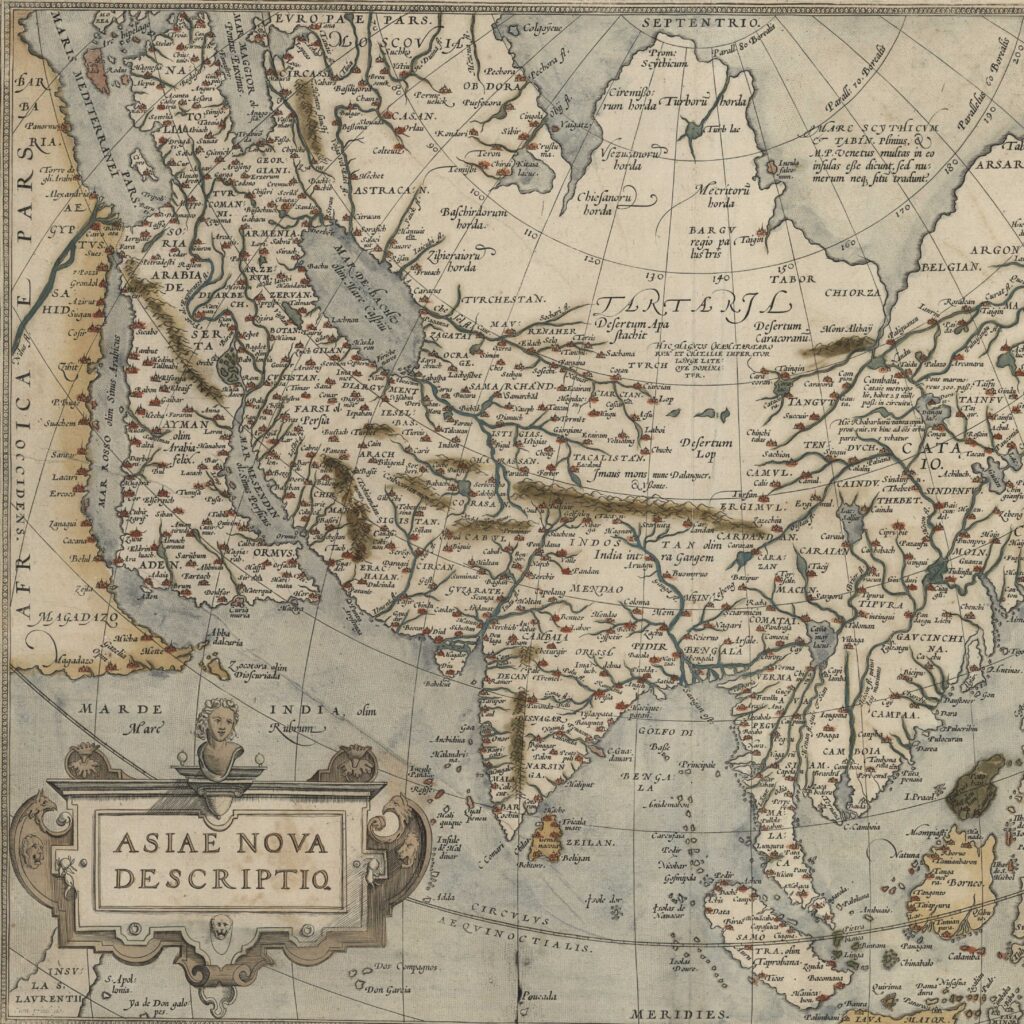
1549 is a well-known date in Japanese history as the year that Francis Xavier first landed in Kagoshima. Sophia University has a deep connection with this prominent Christian. Let’s look back over the history.
Francis Xavier’s Dreams and Aspirations
Francis Xavier (1506-1552) was one of the founding members of the Society of Jesus (a Catholic order commonly known as the Jesuits) together with Ignatius of Loyola (1491-1556). He was dispatched by the King of Portugal to eastern India and he then worked ardently as a Christian missionary as an emissary of the Pope.
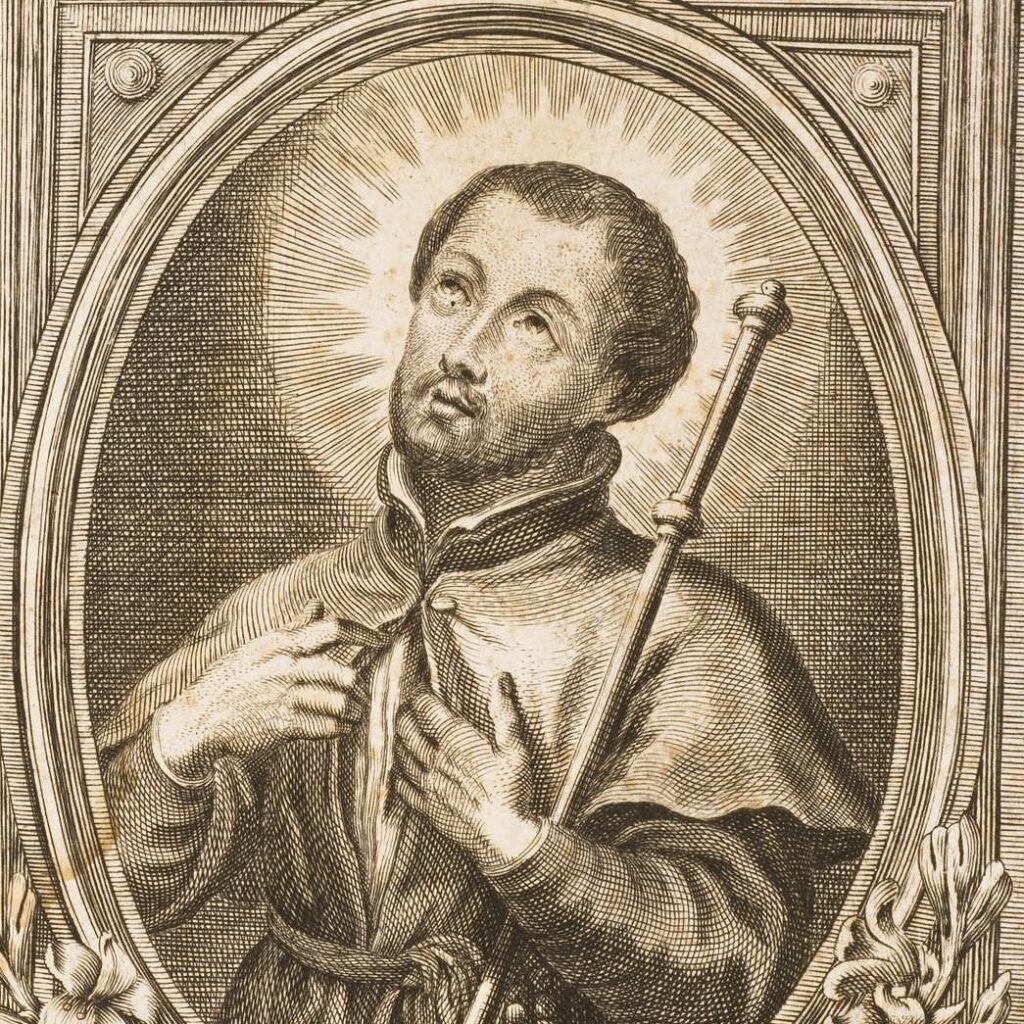
In 1547, at Christ Church, Malacca, he met a man from Kagoshima named Anjiro and learned that the Japanese were a rare people with a strong sense of morality, a thirst for knowledge, and a sincere approach to living. From then on, he felt it was his mission to go to Japan to serve God and do missionary work. We know his thoughts at this time from the frequent letters he sent to Rome*1.
On August 15, 1549, he first set foot on Japanese soil. It is easy to imagine that for a European of that time, travelling to Japan, a country on the other side of the world, was filled with hardship. While it seems that Xavier faced many challenges at first, such as getting used to the climate and food, and the difficulty of learning Japanese, his affection for the Japanese people never wavered. In a letter to a member of the Jesuits in Goa, he wrote, “The people of this country … are the greatest citizens, you will not find a superior people to the Japanese.”
During his mission, he traveled to the capital Miyako hoping to meet the emperor and the shogun in order to receive official permission to work as a missionary in Japan. After this, he planned to build a university in Miyako like the one in Paris where he had studied together with Ignatius of Loyola. His idea was that it would be a great hub for exchanging both European and Japanese ideas and culture. Unfortunately, he was unable to meet with the emperor in Miyako, but he established the groundwork for his ambitions by preaching Christianity enthusiastically in the places he travelled through, including Hirado, Yamaguchi, and Oita.
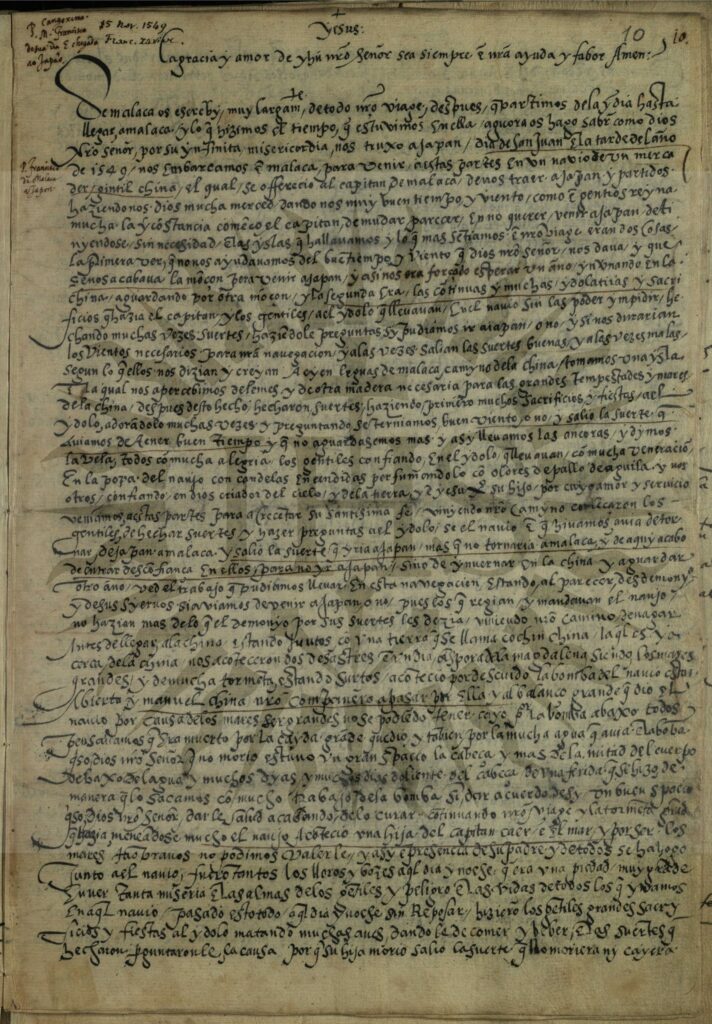
However, news from Europe stopped coming and he returned once more to India in order to make preparations for achieving his goal. He was accompanied on this journey by two young Japanese men, who he wanted to send to Europe to study. Bernardo, one of the Japanese who travelled with Xavier, was able to visit Rome via Portugal, but he died before he could return to Japan to pass on what he had learned in Europe. Xavier also planned to take two high ranking priests with him to Europe to demonstrate the excellence of Japan to Europeans, who knew very little about the country. Unfortunately, he was unable to find any priests who were willing to make the arduous journey and his plan was never realized. However, at this time, he had already formulated the global concept of sharing culture and ideas between Europe and Japan through the reciprocal exchange of people.
Afterwards, figures such as Alessandro Valignano (1539-1606) worked to train priests in Japan by establishing seminaries*2, and colleges*3 and for a period Japanese people could receive instruction on subjects such as Christian anthropology and theology. However, after Hideyoshi Toyotomi issued the Bateren Edict in 1587, an era began in which Christianity was outlawed in Japan. It was not until 1873 when the ban on Christianity was officially lifted.
Giving Xavier’s Dream a Shape
350 years later, in November 1905, just after the Treaty of Portsmouth ended the Russo-Japanese War, Pope Pius X (1835-1914) sent a personal letter to Emperor Meiji and sent Bishop William Henry O’Connell (1859-1944) to Japan as a goodwill envoy. This was a message expressing his hope for peace following the war and his gratitude for protecting the Catholic church during the fighting in Manchuria. During his time in Japan, the bishop received requests from many quarters regarding the establishment of a Catholic university in the country. Through a succession of vigorous discussions with the mayor of Tokyo, the presidents of the Imperial Universities, and Prime Minister Taro Katsura, he explored the possibility of establishing a university that is truly international in nature.
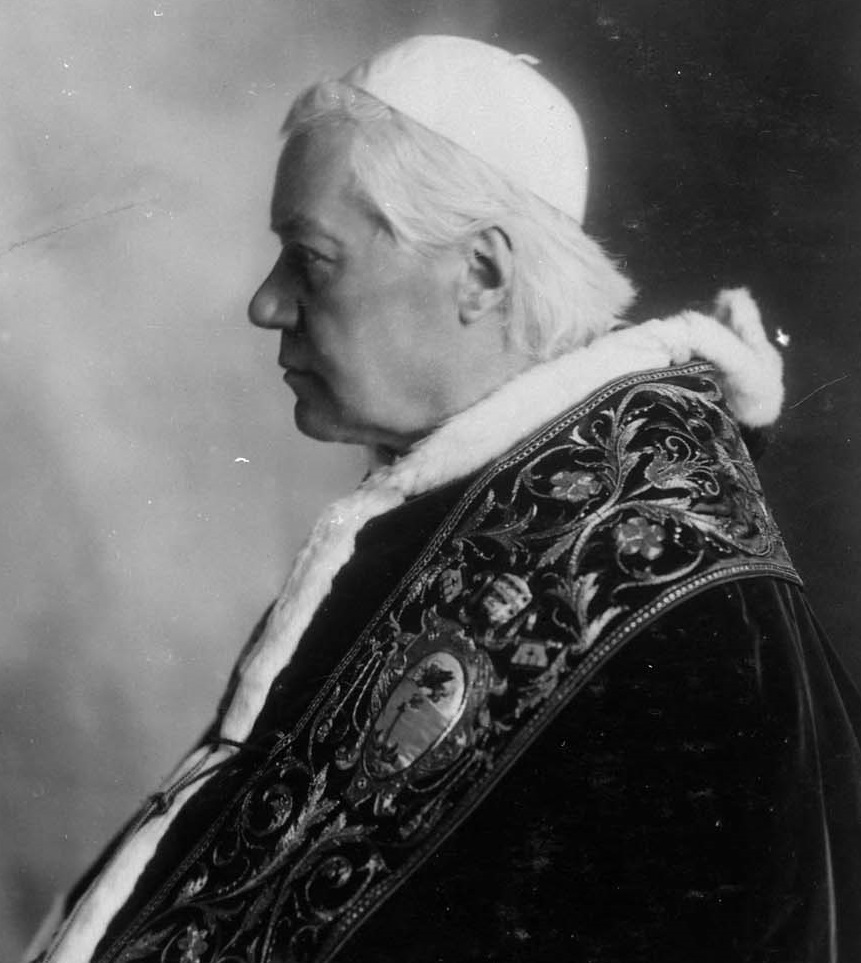
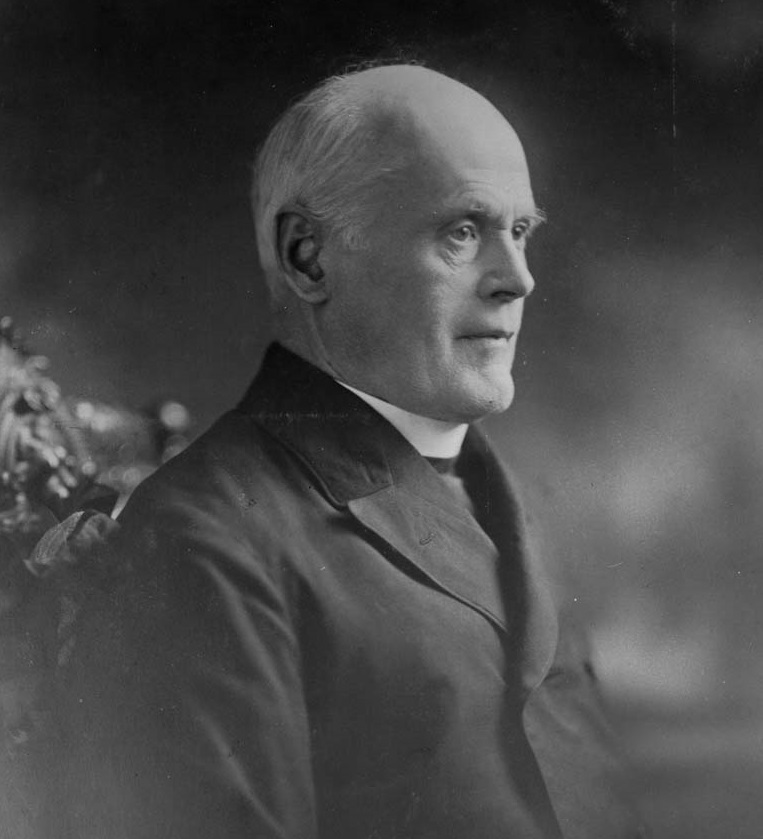
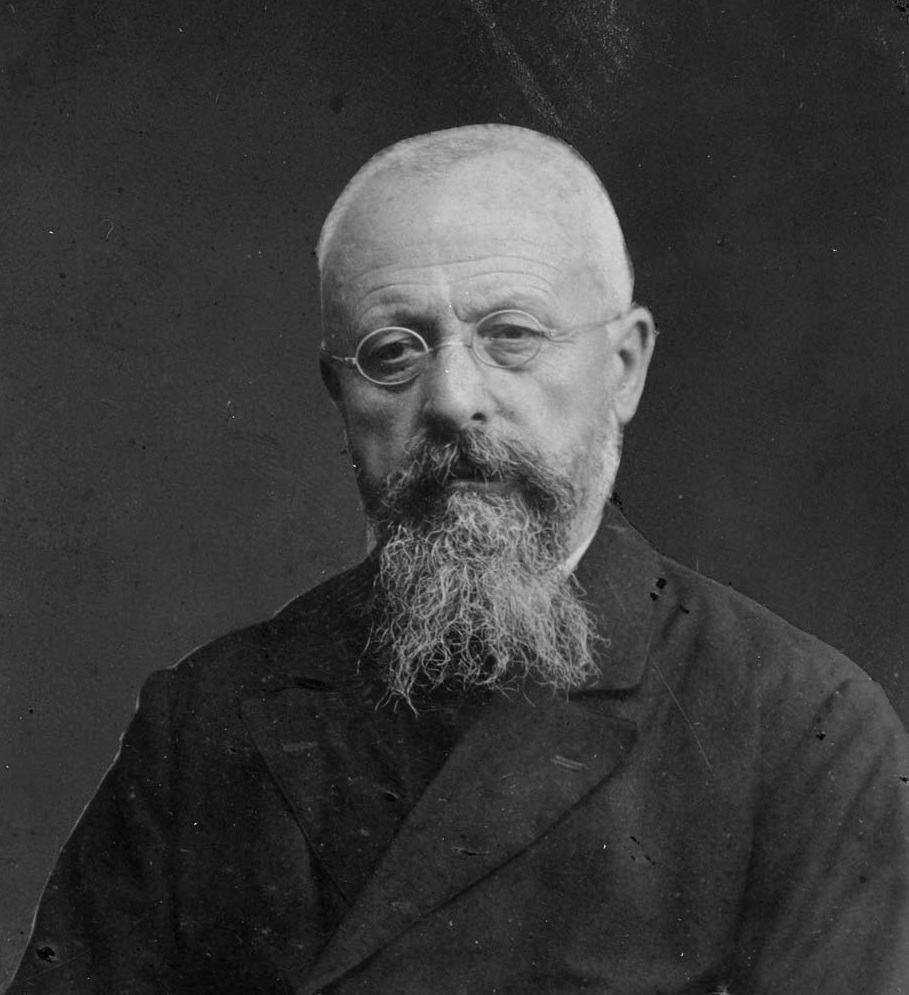
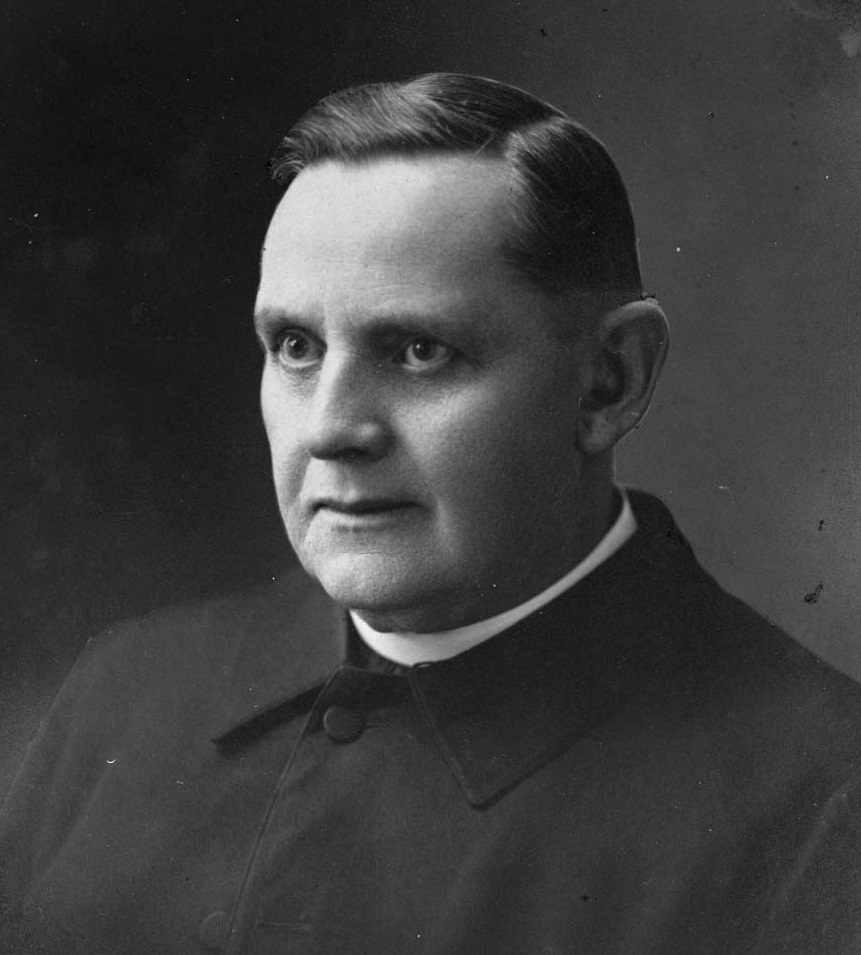
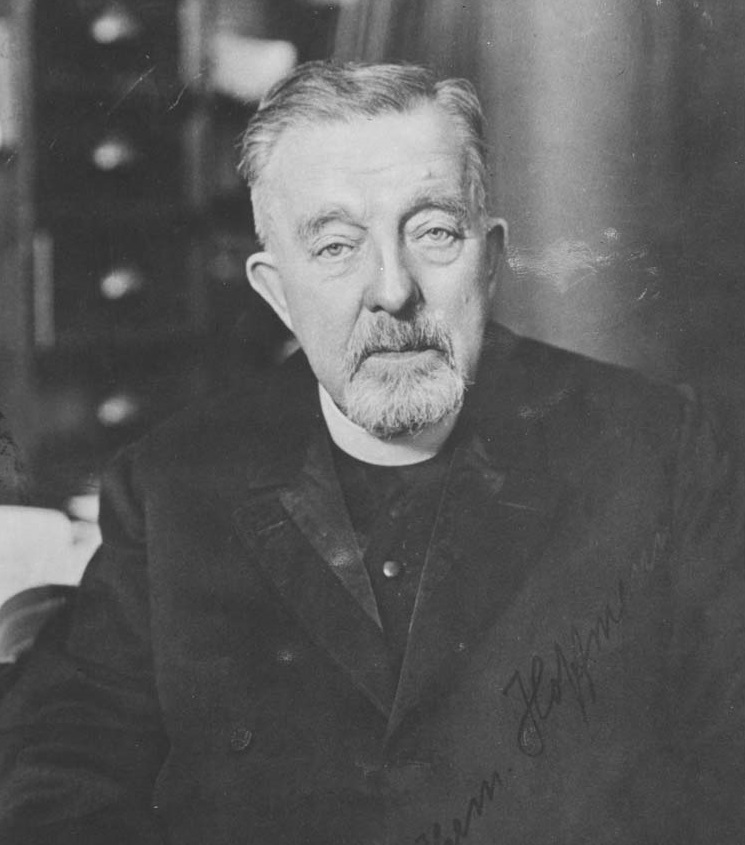
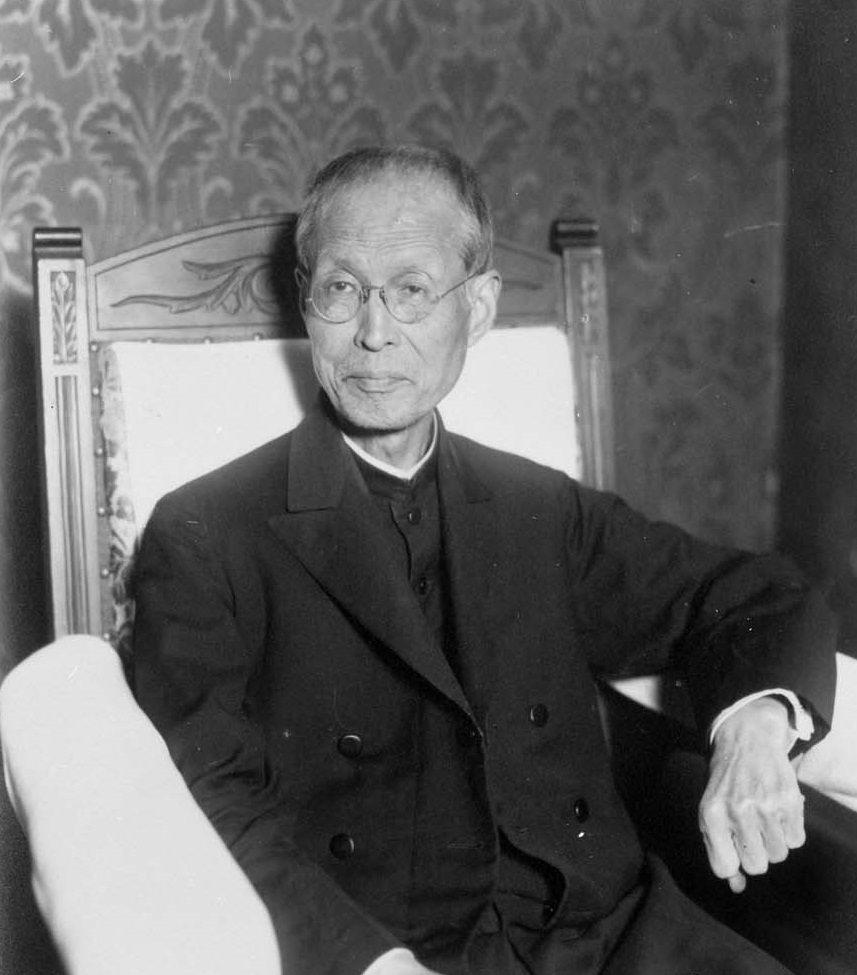
After hearing a report of these matters from Bishop O’Connell, the pope asked the Jesuits to establish a Catholic university in Japan. In response to this request, in October 1908, the Jesuits sent the German Father Joseph Dahlmann (1861-1930), French Father Henri Boucher (1857-1939), and English Father James Rockliff (1852-1926) to Japan. They then founded Sophia School Corporation together with Father Hermann Hoffmann (1864-1937) and Father Yachita Tsuchihashi (1866-1965). In April 1913, 360 years after Francis Xavier came to Japan, his dreams and aspirations were finally realized with the opening of Sophia University.
The faculty represented a gathering of wisdom from Europe, China, India, the US, and Japan, creating a great hub for a truly global mixing of ideas, culture, and scholarship. This marks the start of the framework that would go on to define Sophia University. The path of the university’s history started with the concept envisioned by Francis Xavier and continued through the resolve of Pope Pius X and the passion of the Jesuit fathers.
*1. All quotes from St. Francis Xavier’s letters are taken from The Complete Letters of St, Francis Xavier, translated by Yoshinori Kono (Heibonsha, 1985)
*2. Institutions for training priests and monks
*3. Religious institutions that provide general education
*Photos marked with an (*) are from the Sophia Archives